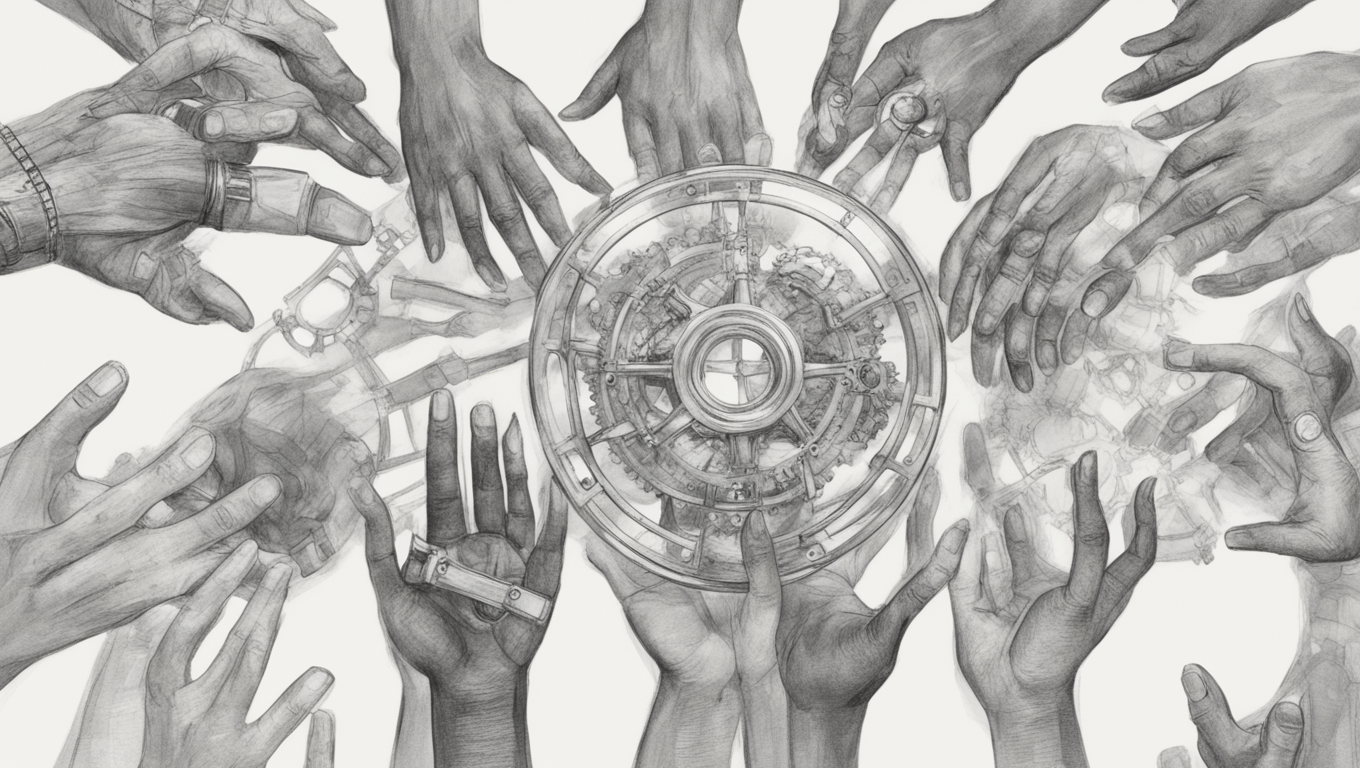Artificial intelligence image tools have a tendency to perpetuate biases and stereotypes, showcasing a skewed and inaccurate view of the world. These biases stem from the data that trains the technology, which is often sourced from the internet and is rife with pornography, misogyny, violence, and bigotry. Stable Diffusion, an AI model, has made efforts to reduce bias in its image generator, but it still defaults to outdated Western stereotypes. For example, when asked to generate images of houses in different countries, it produced clichéd concepts such as curved roof homes for China and idealized American houses. This reflects the limited focus on China and India, the largest population of web users, in the data provided to many companies.
AI-generated images are created through training on vast amounts of data, including image-caption pairs scraped from the web. However, the contents of these datasets are often undisclosed due to copyright and offensive material concerns. Stable Diffusion and LAION, in contrast, are open-source projects that allow for inspection of the model’s details. Transparency is seen as crucial in scrutinizing and eliminating bias.
Despite efforts to address bias, AI image generators still default to stereotypes. For example, when prompted to generate images of routine activities, common personality traits, or other countries, they often depict racial disparities that are more extreme than in the real world. These tools also distort real-world statistics, such as representing higher-income jobs as more White and male than they actually are.
Efforts to detoxify AI image tools have focused on filtering datasets and finessing development. Stable Diffusion, for instance, removed “unsafe” images from its training data, resulting in less sexualized and offensive output. However, filtering data sets is not a comprehensive solution to bias, as it can inadvertently reinforce cultural biases by favoring content from regions with stronger restrictions on pornography.
Stability AI argues for national image generators that reflect each country’s values and are supported by government and public institutions. The organization believes that reflecting the diversity of the web is a crucial goal in combating bias. However, eradicating bias in AI remains an endless task. Mitigating bias in images is different from text, as it involves numerous visual characteristics and decisions that do not lend themselves well to computational solutions.
In the meantime, the impact of these biases and stereotypes falls disproportionately on marginalized communities, perpetuating exclusion and harm. Improving the data used in AI tools is seen as a potential solution, but it is uncertain whether companies will put in the necessary effort. Understanding the limitations and biases of AI technology is important for users to recognize the snapshot of the internet that these models are based on.





Use the share button below if you liked it.